Following the Galapagos Islands, Cotopaxi National Park, and the picture-perfect conical Cotopaxi Volcano, hold a special place in Ecuadorian hearts and identity. And because Ecuador is such an incredibly compact and biodiverse country, travelers can easily experience an exciting range of wildlife and landscapes in just 1-2 weeks. You can go from the Galapagos Islands to Quito, Cotopaxi, and maybe even some time in the Amazon Jungle while keeping to your allotted vacation time.
We highly encourage any traveler to plan a trip to Ecuador to visit Cotopaxi National Park, just a quick hour’s drive from Quito. You will most likely catch a glimpse of Cotopaxi’s glaringly white surface from the plane into Quito. But it’s another experience entirely getting up close and personal with Ecuador’s second-highest peak (after Chimborazo) and one of the world’s highest active volcanoes. We have prepared the following four essential tips to prepare for your journey!
1. Getting in “altitude-ready” shape
The altitude within the Cotopaxi National Park ranges from 3,400 meters to 5,897 meters above sea level (the latter being Cotopaxi Volcano’s summit)! Therefore, spending any time in this region of Ecuador requires a conversation with your doctor to ensure you have no prior health conditions that will hinder your trip experience or negatively affect your health.
Those interested in hiking to Cotopaxi’s summit will need to plan ahead in their workout routines a few months in advance. And although the training for this 7 to 8-hour ascent and 2 to 3-hour descent might not need the same sort of rigor as, say, training to hike the 4-day Inca Trail, we recommend you take a few things into account.
The ascent involves carrying a 20-25lb pack and also about 5lbs on your feet because you will need proper heavy-duty hiking boots, as well as crampons. Therefore, a few months before your arrival, we suggest getting your heart in shape with some moderate cardio workouts 3-4 times a week, and some strength training for your core, so that you can handle the weight during your hike. If you don’t already live at altitude, you will also need to plan for at least a week acclimating in Quito before your summit.
2. Measure your risk tolerance
Some people will consider visiting an active volcano and maybe even climbing to the summit, a once-in-a-lifetime thrilling pursuit. While others get chills and nervous sweats just thinking about it. Your personal risk tolerance is most definitely something to keep in mind when considering adding Cotopaxi National Park to your ideal Ecuador trip.
But what exactly is the risk of Cotopaxi erupting? When was the last eruption? And how does Ecuador prepare for and anticipate future eruptions? Relatively speaking, the risk of you hiking Cotopaxi, or being within the park, during an eruption is pretty low. This is because civil defense and scientific organizations are working in tandem, continually monitoring Cotopaxi’s activity.
Since 1738, however, Cotopaxi volcano has erupted a staggering 50 times, with the most recent “violent” eruption in 1904, which killed approximately 500 people and injured about 350 people. Though every eruption since has been manageable, and again your chances of being caught in one yourself are slim to none.
3. Plan your time wisely
There are multiple ways to visit Cotopaxi National Park. Depending on your interests, you could spend as little as a day trip from Quito and back, or as many as 3-4 days exploring the region thoroughly. Day tours often involve some light hiking or a quick horseback ride with the Cotopaxi volcano’s unparalleled vistas. Many comment on the uncanny way its perfectly conical, larger-than-life shape shoots from relatively flat terrain.
But suppose you are excited about embarking on numerous adventure activities in the park. In that case, we recommend spending one or two nights in one of the picturesque and down-to-earth haciendas. One such haven is Hacienda El Porvenir lying at the base of another volcano in Ecuador’s famous “Volcano Alley,” Rumiñahui. Owned by a local Ecuadorian family, this hacienda stays true to traditional Andean construction and design rooted in local culture and heritage.
4. Aim to visit in June, July, or August
There are, of course, benefits and disadvantages to visiting Ecuador at any time of the year. But specifically for Cotopaxi National Park, you will want to keep a couple details in mind: the weather and the tourist flow.
It would be a shame to make your way all the way to this majestic sleeping giant during one of the rainiest and snowiest months of the year. These months tend to be March to May and September to November. And the busiest tourist season for the Cotopaxi National park ranges roughly from January to May. Therefore, in June, July, or August, you have an excellent chance of getting the best views possible and having much of the park to yourself.
Cotopaxi National Park offers something for adrenaline junkies, laid-back nature lovers, wildlife photographers, and even honeymooners. It is one of the most breathtaking national parks in South America and an emblematic beacon for people across the country.
And if these weren’t reason enough, we especially want to shine this light on Cotopaxi just as the world slowly opens up again and we get closer to a post-COVID-19 pandemic point. So, as you look for more sustainable tours that will spark your very own reconnection with nature, just know that Cotopaxi will be waiting.

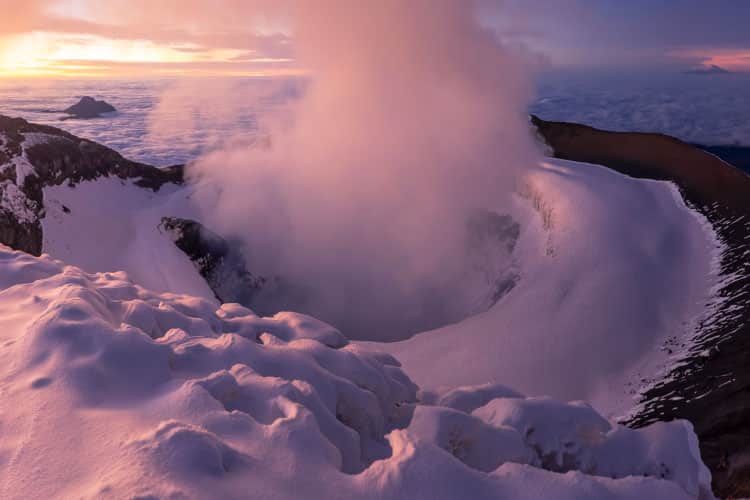
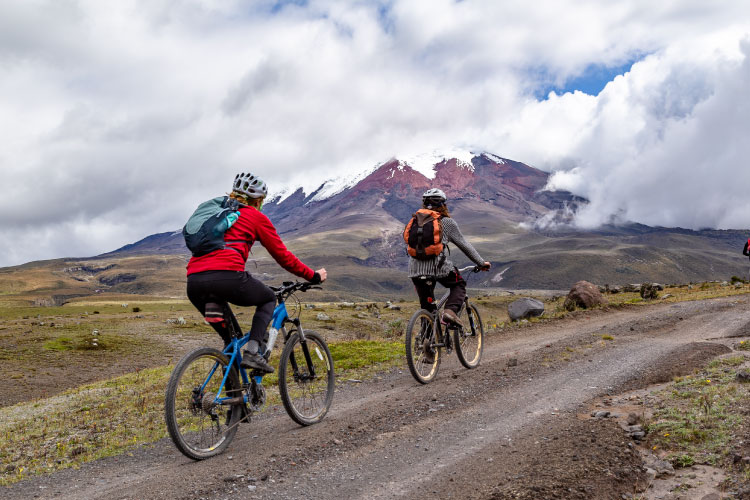
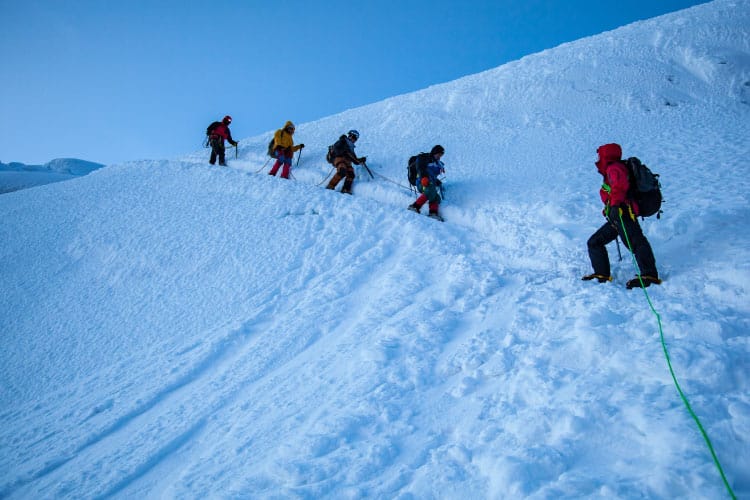
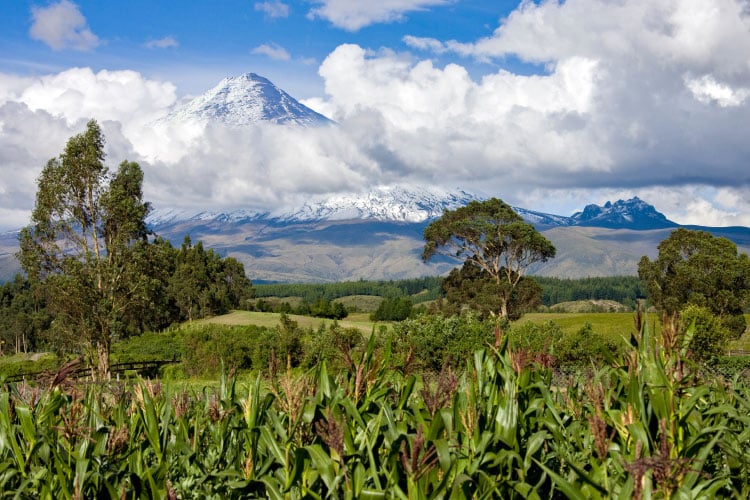
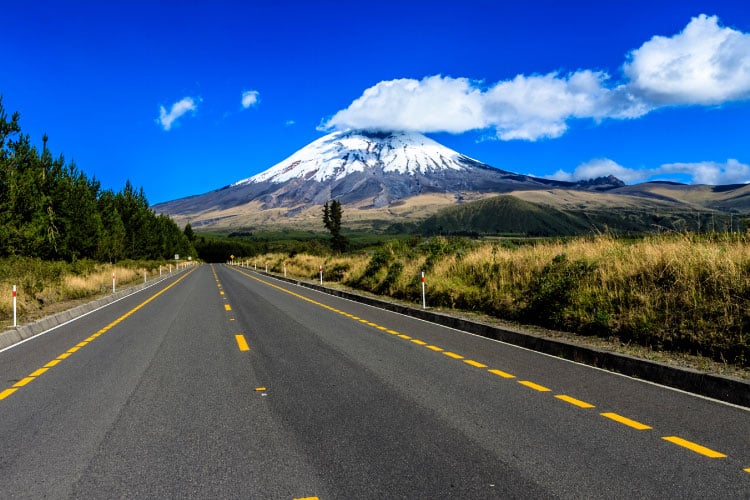
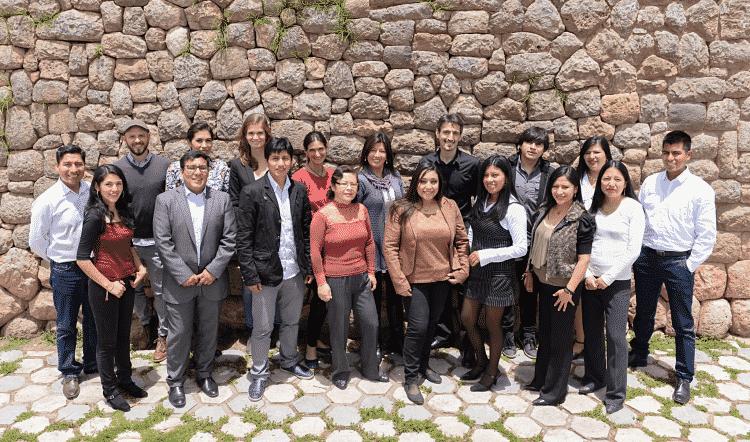

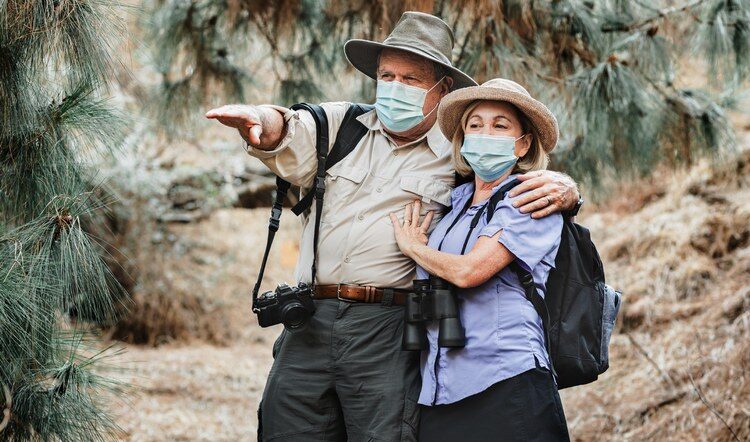
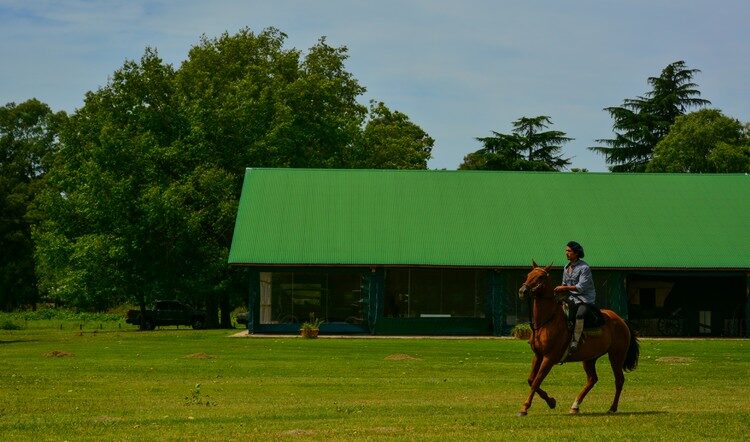
Leave a Comment